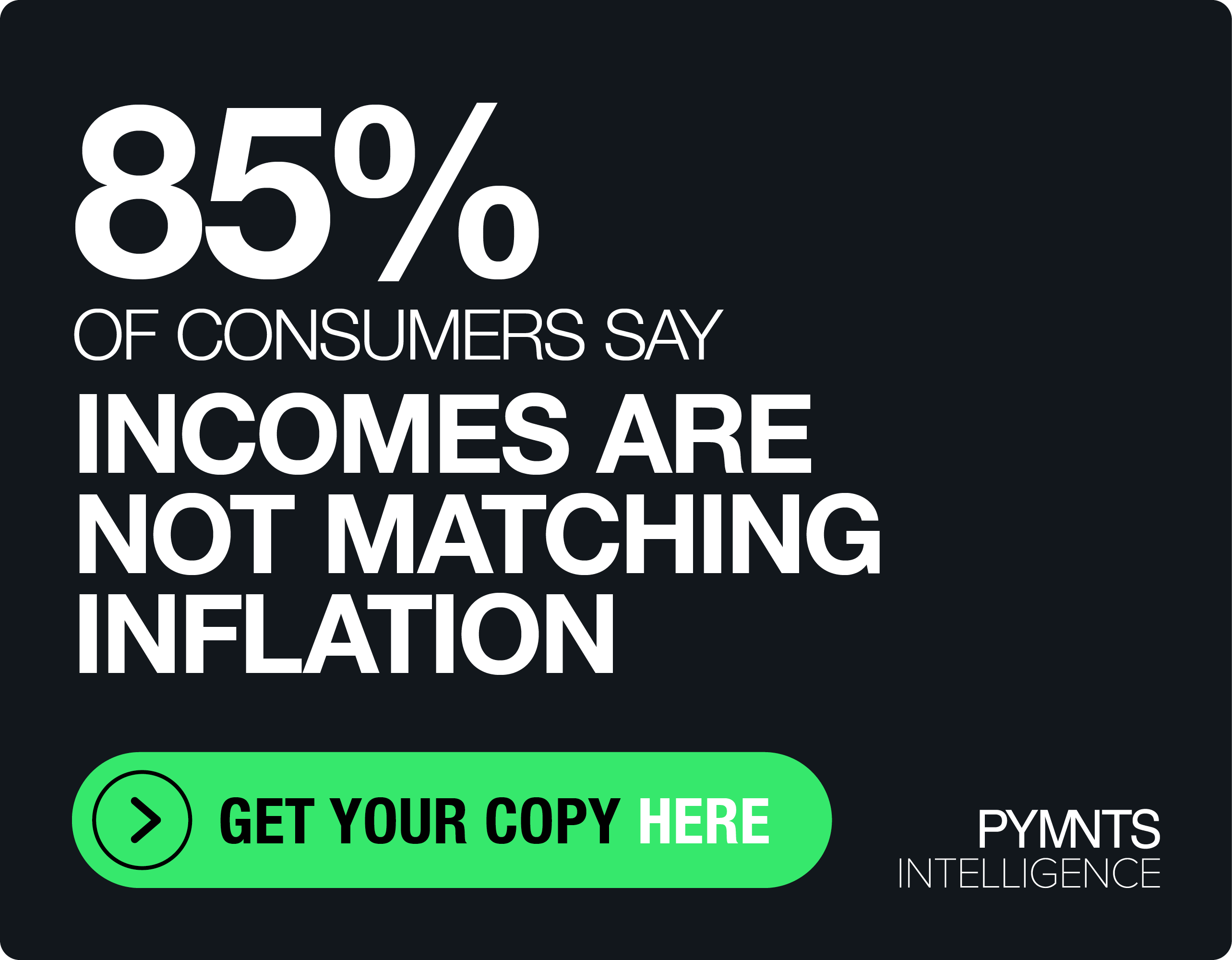U.S. Consumers Favor Small Biz Over Big Malls

Good news for small- and medium-sized businesses (SMBs): Spending growth at mom and pop shops has outpaced that of the big chains in both of the past two years.
According to Bloomberg reports on Wednesday (Nov. 22), purchasing patterns research from Sarah Quinlan, senior vice president at payment processing giant Mastercard Inc., found that when Americans aren’t shopping online, they’re looking for more personal connections and the advice they can receive from local SMBs.
While big chain department stores still account for the majority of consumers’ purchases, many affluent shoppers now living in walkable neighborhoods can choose their favorite neighborhood brick-and-mortar stores in lieu of the shopping mall — and they’re willing to pay the higher prices that often comes with shopping at smaller retailers.
Sales growth at SMBs, which are defined as businesses having less than $50 million in annual sales, was 7.3 percent last year, according to Mastercard, compared with 4.6 percent for total retail sales. Small business purchases account for 37 percent of total spending.
And, though A-rated shopping malls, department stores and shopping centers are still thriving, the other roughly two-thirds of malls are struggling to cope with the changing spending patterns, an aging population and the rise of online shopping through marketplaces like Amazon.
In fact, online shopping growth still overshadows both the big chains and local stores, with eCommerce sales expected to grow by 18 to 21 percent during the holiday season alone.
For both SMBs and larger retailers, then, the ultimate goal is greater personalization, which can translate into increased loyalty and higher profits.
Although bigger names can invest in technology, including apps and loyalty programs that keep customers coming back, smaller local businesses have an edge: The clerk might actually remember consumers’ names when they come into the brick-and-mortar space to do a little shopping.
